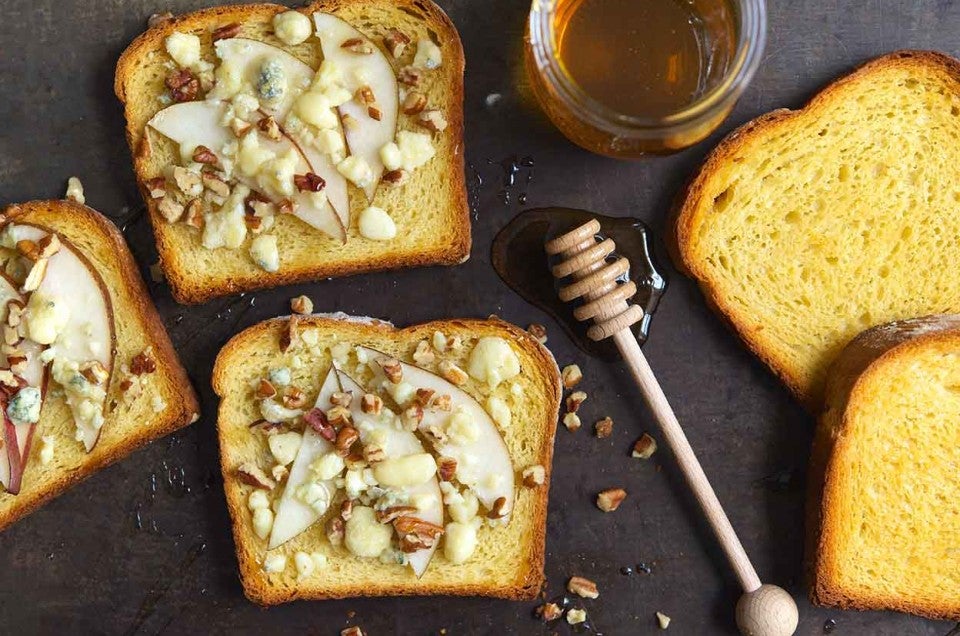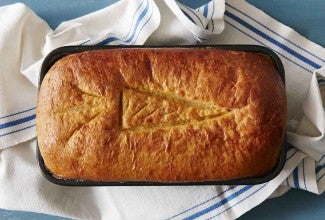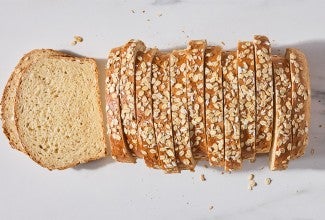Potato Bread
If you think of bland flavors when you think of potatoes — think again! This recipe produces probably the most flavorful "white" bread we've ever had. Moist and very sliceable, this potato bread is wonderful for sandwiches and toast; it has that "spongy" texture, perfect for spreading peanut butter or loading on tuna salad without crumbling. An overnight rise in the fridge is the key here. The longer a batch of dough rises, the better its flavor will be; and the taste of this bread is superb. Somehow, the combination of potato, butter, and eggs produces an elusive hint of cheese in the final loaf.



















